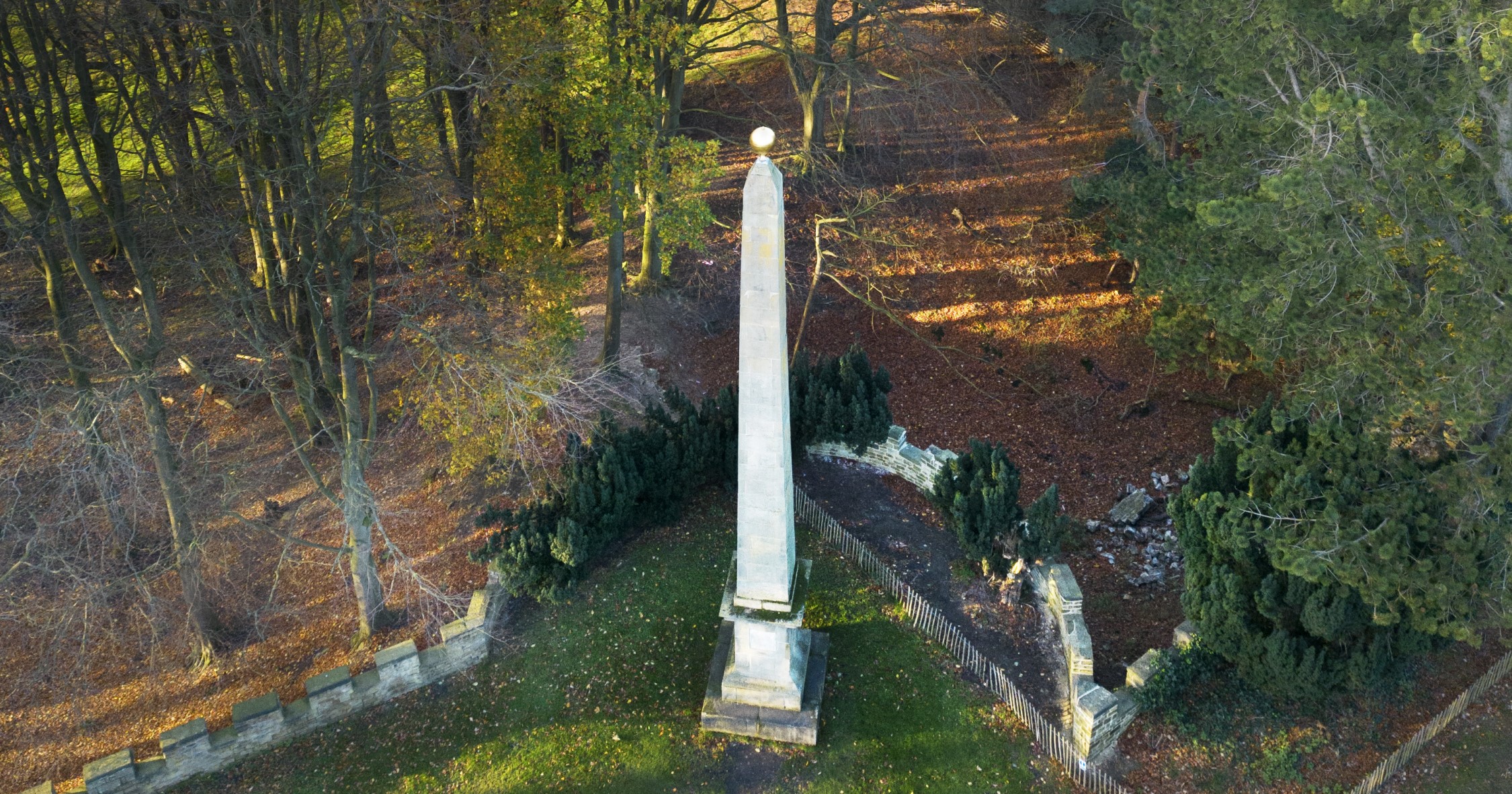Monument to Smallpox Pioneer Awarded Upgraded Listing Status
A monument in South Yorkshire celebrating the achievements of medical pioneer Lady Mary Wortley Montagu, who introduced smallpox inoculation to Britain in the 18th century, has been upgraded to Grade II* by the Department for Culture, Media and Sport on the advice of Historic England.
Erected on the grounds of Wentworth Castle near Barnsley in the early-mid 1700s, the Obelisk to Lady Mary Wortley Montagu (commonly known as the Sun Monument) was originally listed at Grade II in 1968. The upgrade to Grade II* has elevated the monument to the top 10% of England’s most important historic sites and reflects the significance of Lady Mary’s contribution to tackling one of the deadliest diseases in history.
Background
Born into the aristocratic Pierrepont family, Lady Mary (1689 to 1762) had a keen interest in culture and politics. In 1712, she married Edward Wortley Montagu and 4 years later moved with him to Constantinople (Istanbul, Turkey), where he had been appointed British ambassador to the Ottoman Royal Court.
Whilst living in Turkey, Lady Mary observed the local method of inoculating against smallpox, which involved scratching the skin and introducing a small amount of the virus taken from the pus of someone with a mild form of the disease. This, in turn, then provoked a mild form of smallpox, leaving lasting immunity.
Smallpox first appeared in Europe in the early medieval period and, over time, became more deadly, causing an estimated 60 million deaths between 1700 and 1800. Survivors were often left scarred and with long-term health conditions, including blindness. The disease had killed several of Lady Mary’s relatives, including her brother, and she had nearly died of it.
After looking into the practice with Charles Maitland, surgeon to the British Embassy in Constantinople, she organised for the procedure to be carried out on her 5-year-old son by a skilled local woman. Although she was not the first Western European to have a child inoculated while living in Turkey, she was the first to bring the practice home.
Back in London in the spring of 1721, with another epidemic raging, Lady Mary persuaded Maitland to inoculate her daughter. She then used her daughter’s immunity to promote inoculation, which rapidly gained popularity. In 1722, 2 of King George I’s granddaughters were treated.
While inoculation was generally successful, it remained controversial and contained an element of risk. From the late 18th century, Edward Jenner’s vaccination for smallpox derived from cowpox, a similar but much less virulent disease, began to replace it.
An unusual monument
The Obelisk is highly unusual in that it is dedicated to a lady who was neither royalty, nor a family member. It was most likely erected by William Wentworth, second Earl of Strafford, who had met Lady Mary in Italy as a young man. It is possible that he had been inoculated as a child, as his parents were neighbours of Lady Mary in their London house in Twickenham.
Lady Mary is one of the overlooked heroines in the history of medicine. By introducing inoculation to Britain and championing the practice, she helped to save many lives three quarters of a century before Edward Jenner first tested his smallpox vaccine.





